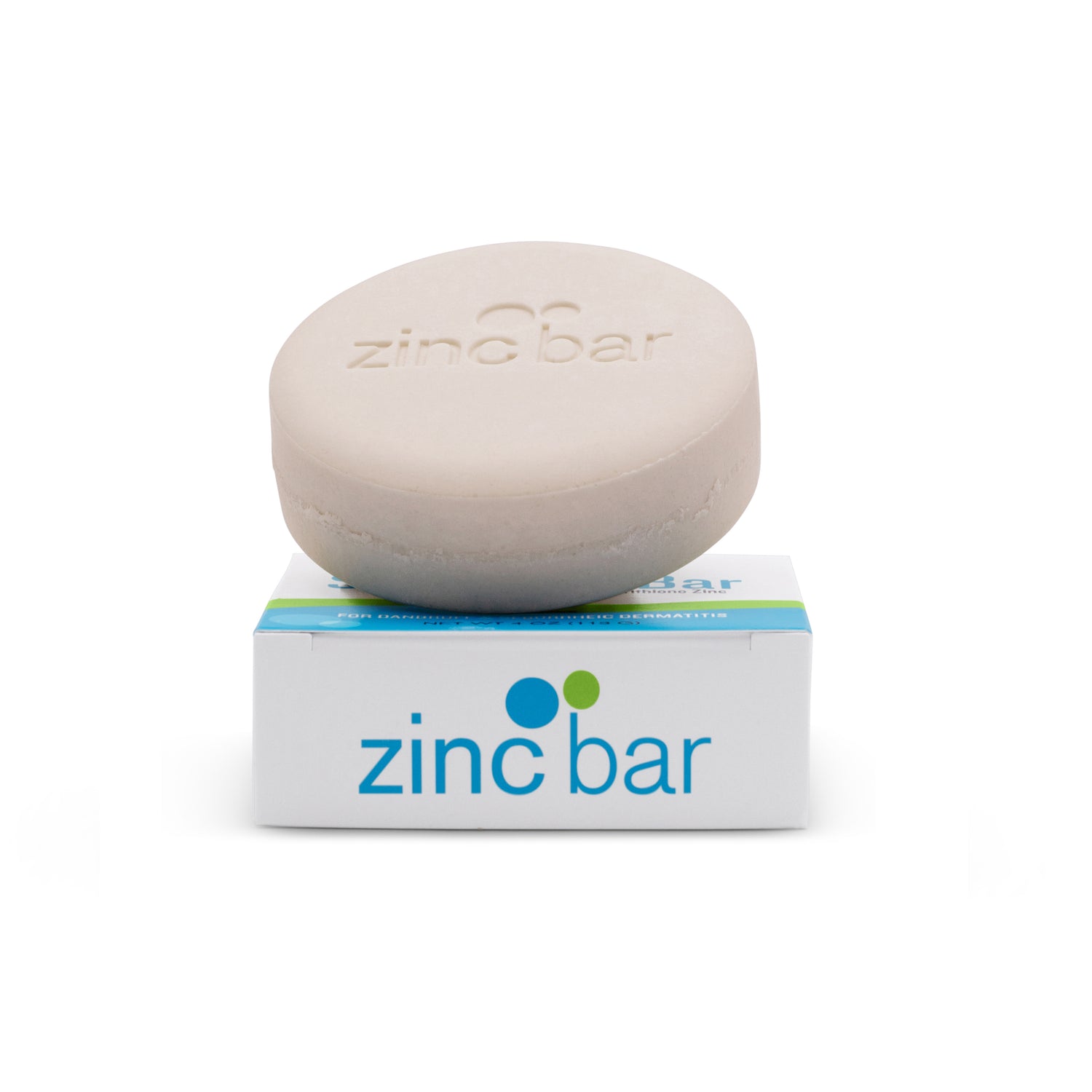Molybdenum
While the trace element molybdenum is relatively scarce on earth and needed in only minute quantities by human beings, it is nevertheless essential to our health. Very small amounts of molybdenum can be found in body tissues, including tooth enamel, with larger amounts being stored mostly in the liver, kidney, adrenal glands and bones.
Molybdenum assists in the activation of approximately 20 different enzymes in the body, itself functioning as a component of three major enzymes: 1) sulphite oxidase is needed for metabolism of sulfur amino acids; 2) xanthine oxidase is required for oxidation of purines and pyrimidines in uric acid production; and 3) aldehyde oxidase, which catalyzes the oxidation of aldehydes.
Molybdenum deficiency is very unlikely but does occur. To this day there is only one documented case of molybdenum deficiency, observed in a patient on long-term TPN (total parental nutrition) with no molybdenum added to the solution. The patient began to develop headaches, night blindness, and a rapid heart rate, and eventually became comatose. He then showed signs of low plasma uric acid levels, increased urinary excretion of sulfite, and decreased urinary excretion of uric acid and sulfate. The patient's condition improved as soon as the TPN solution was suspended and supplemental molybdenum was provided.
The foods highest in molybdenum are legumes, such as navy beans, black-eyed peas, and lentils, followed by tree nuts, peanuts, and yogurt. Other dietary sources include milk, eggs, and organ meats.
Health benefits of molybdenum
- Required for enzyme activity
- Needed for catabolism of purines and sulfur amino acids
- Required for breaking down of sulfite toxin build-ups
- Needed for normal cell function
Recommendations
- RDI/AI—45 mcg per day
- UL—2000 mcg per day

